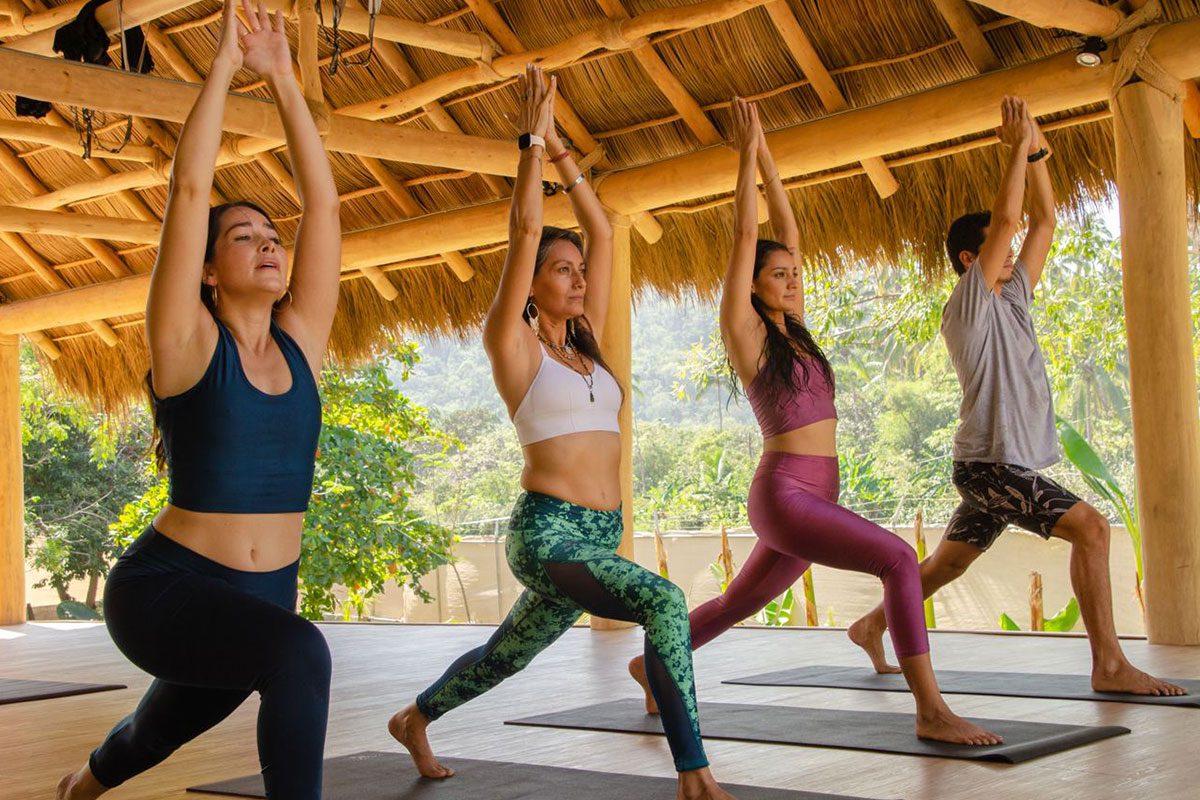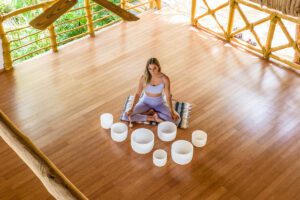Sun Salutations, or “Surya Namaskar,” is one of the most iconic sequences in yoga. It’s a dynamic series of poses that are often used as a warm-up in yoga classes or as a standalone practice. This sequence is a celebration of the sun, symbolizing the cycle of life and the source of energy. In this blog post, we’ll dive into the origins, benefits, and breakdown of each pose in the Sun Salutation sequence.
The Origins of Sun Salutations
Surya Namaskar has deep roots in ancient Indian culture. “Surya” means sun, and “Namaskar” means greeting or salutation. Traditionally, the sun is revered as a symbol of light, knowledge, and life itself. In ancient times, people would perform this sequence at sunrise as a way to honor and connect with the sun’s energy. The practice is not just physical but also spiritual, aiming to bring about a balance between body, mind, and spirit.
The Benefits of Sun Salutations
Sun Salutations offer a multitude of benefits, both physical and mental. Here are some of the key advantages:
- Improves Flexibility and Strength: The sequence involves a variety of forward bends, backbends, and stretches that engage different muscle groups, enhancing overall flexibility and strength.
- Boost Cardiovascular Health: When practiced in a flowing sequence, Sun Salutations can provide a cardiovascular workout, increasing your heart rate and promoting better circulation.
- Enhances Mental Clarity: The combination of movement and breath helps to calm the mind and improve focus. Many practitioners find that starting their day with Sun Salutations leads to greater mental clarity and reduced stress.
- Aids Digestion: The various postures in the sequence massage the digestive organs, promoting better digestion and detoxification.
- Balances Energy: Sun Salutations are believed to help balance the body’s energy centers, or chakras, leading to a more harmonious and energized state.
Breaking Down the Sun Salutation Sequence
A traditional Sun Salutation consists of 12 poses that flow seamlessly from one to the next. Here’s a step-by-step guide to each pose:

1. Mountain Pose (Tadasana)
Stand tall with your feet together, arms at your sides, and palms facing forward. Ground your feet and lengthen your spine, finding balance and alignment.
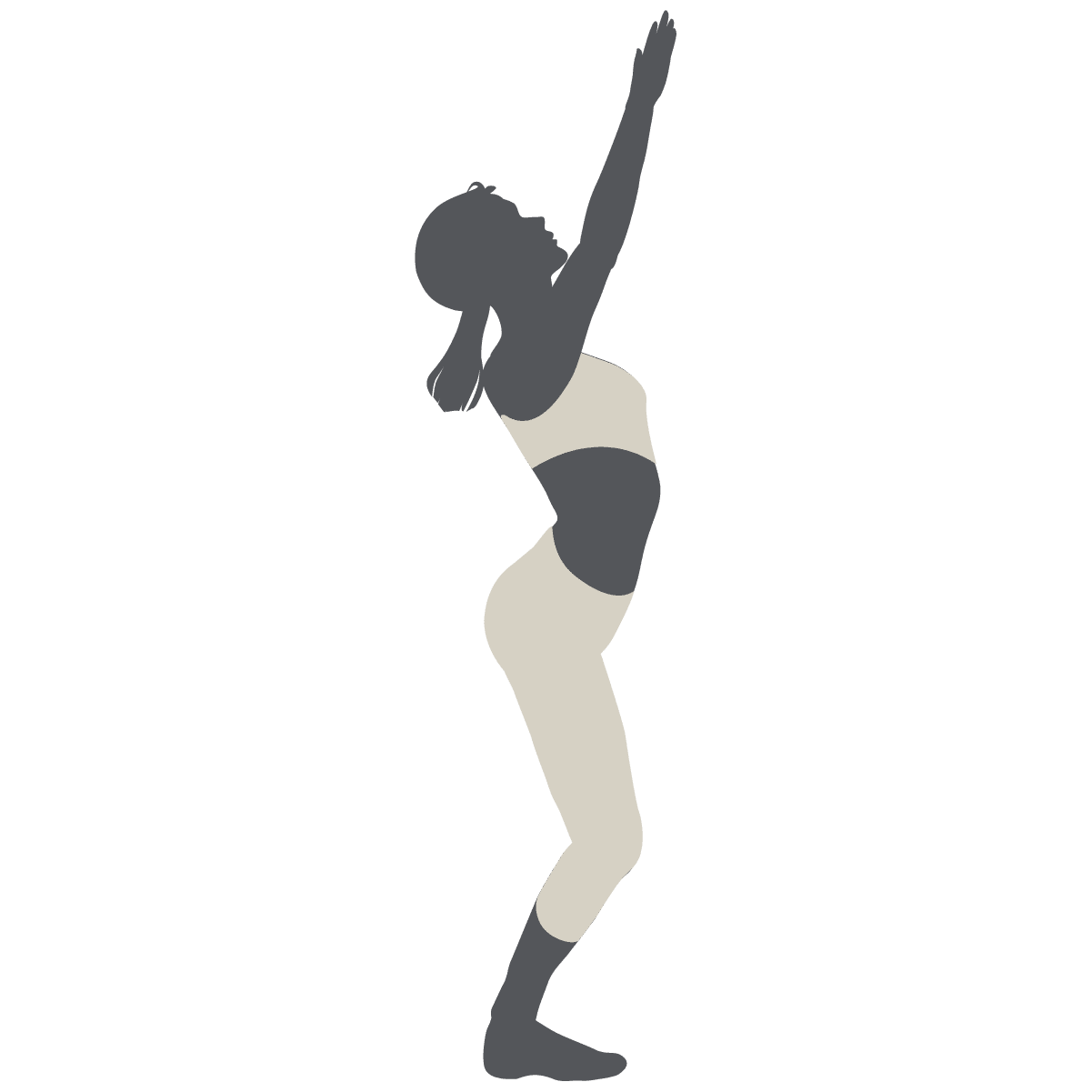
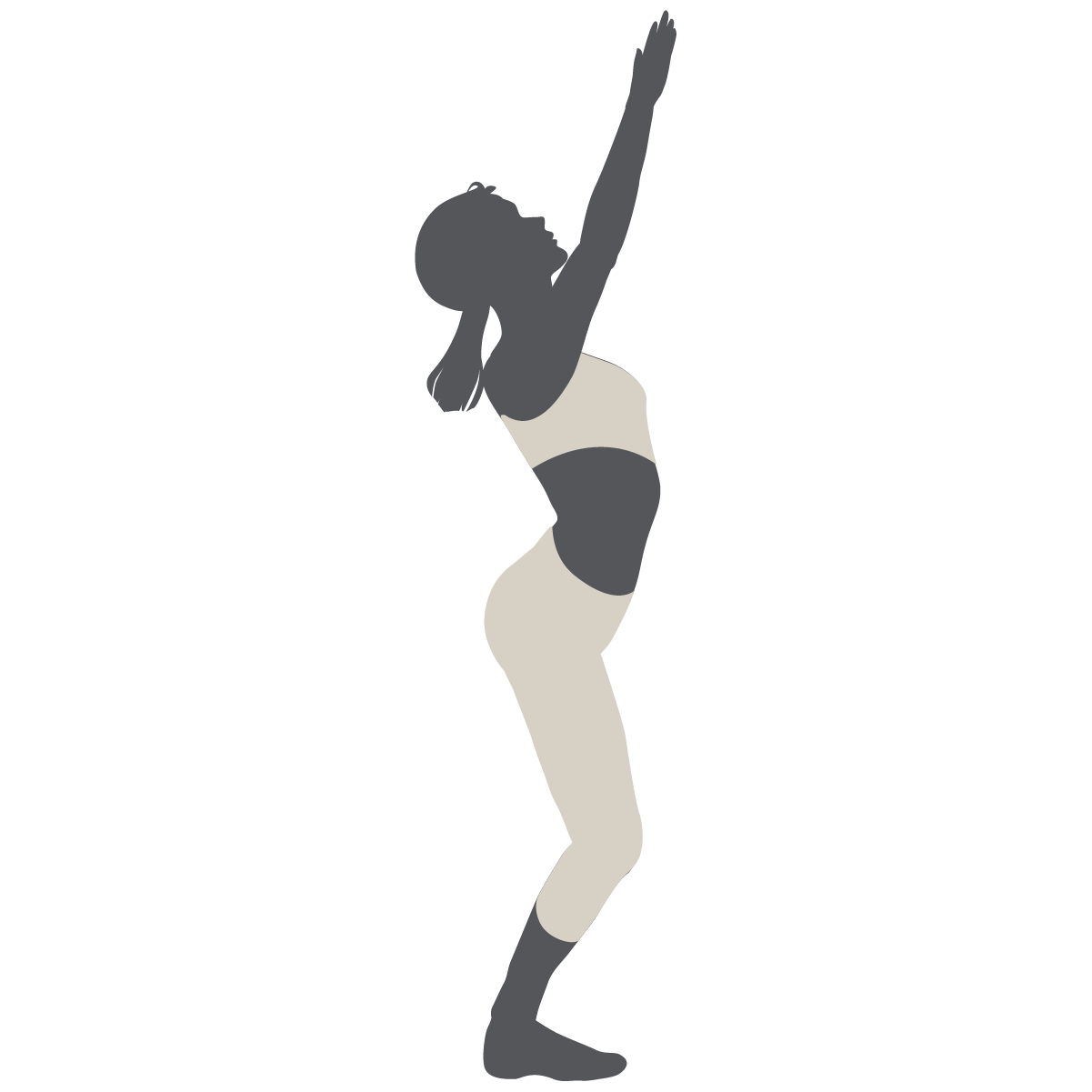

2. Upward Salute (Urdhva Hastasana)
Inhale as you sweep your arms overhead, bringing your palms together. Lift your gaze toward your thumbs, stretching upward.

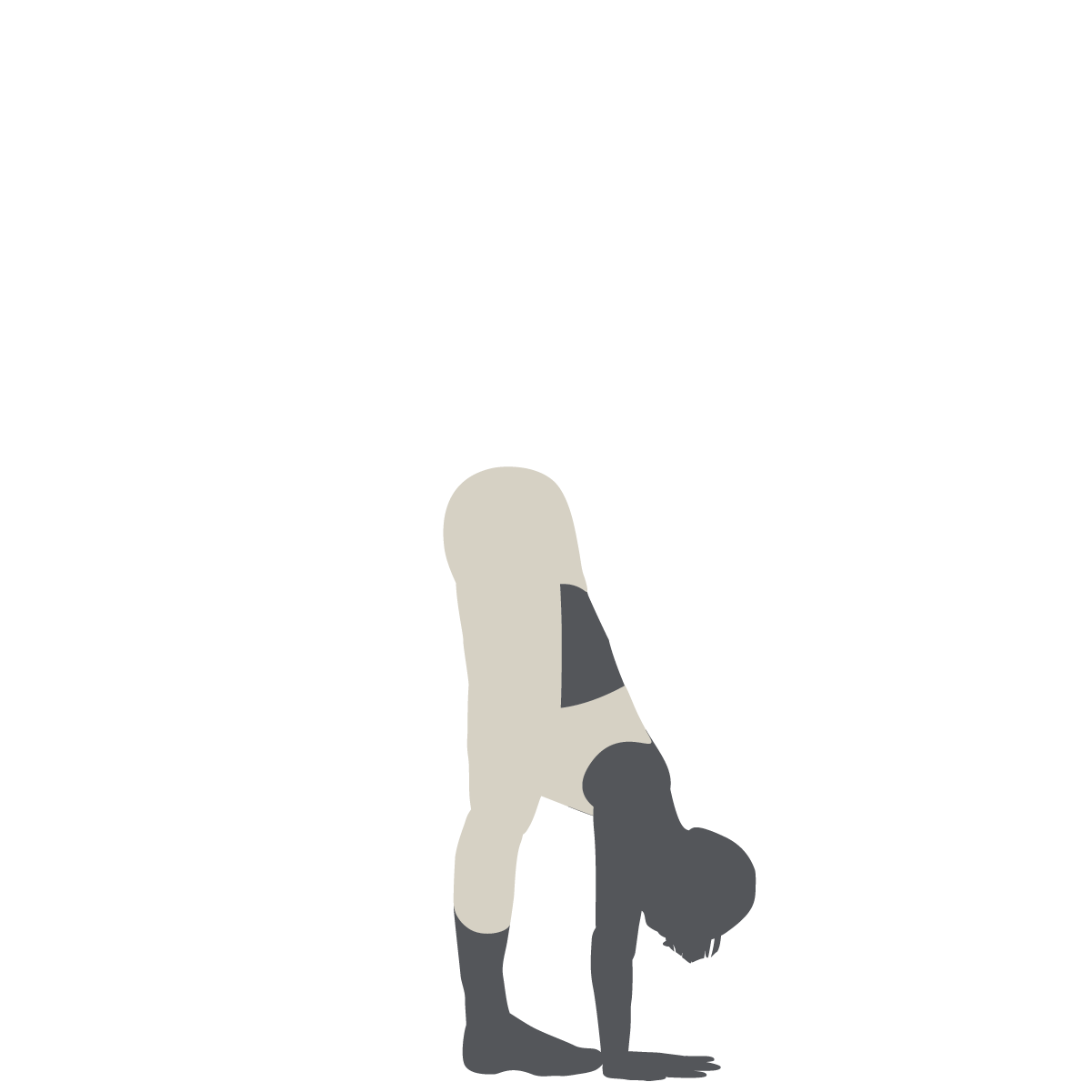

3. Standing Forward Bend (Uttanasana)
Exhale as you fold forward from the hips, reaching your hands toward the floor. Keep your knees slightly bent if needed to avoid straining your lower back.
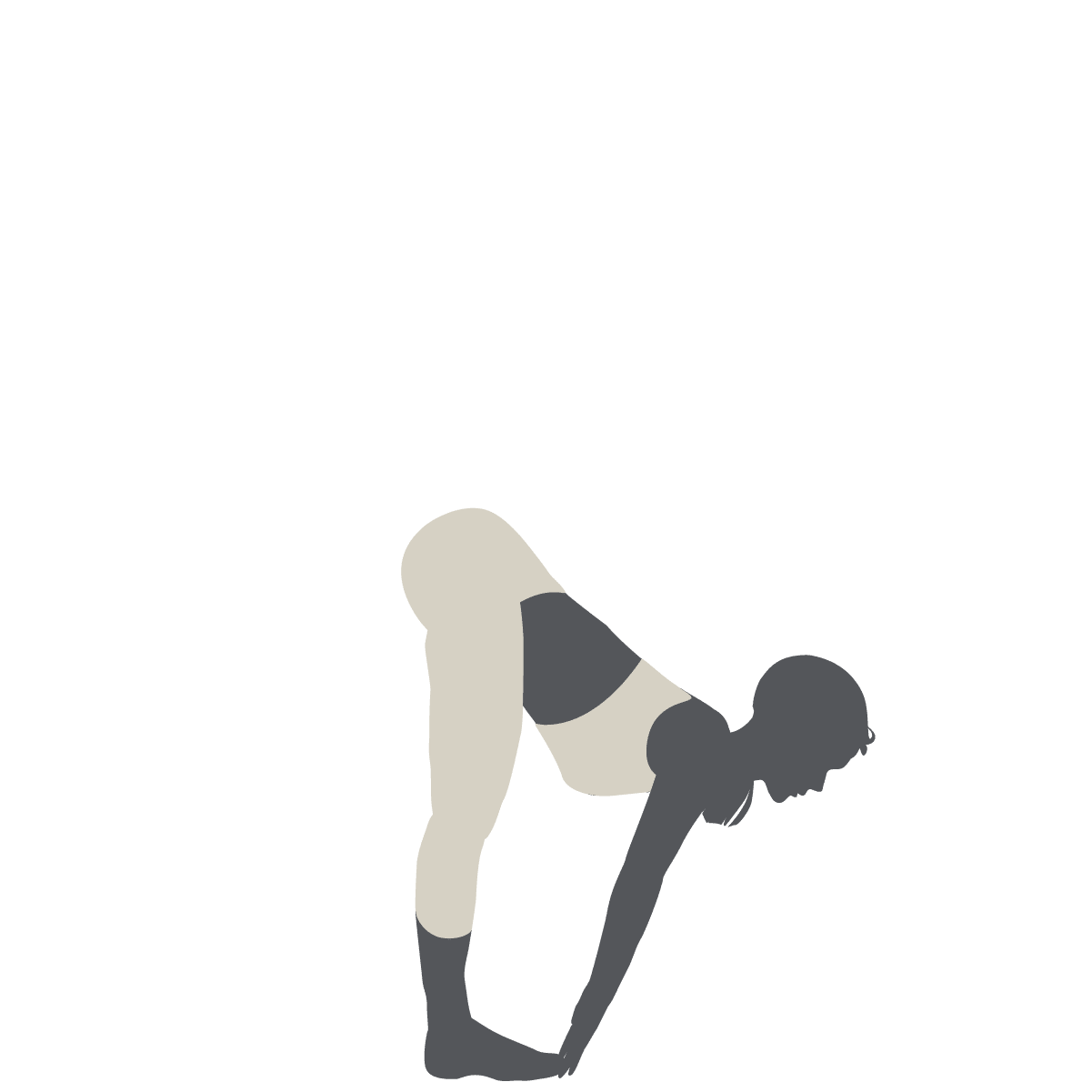
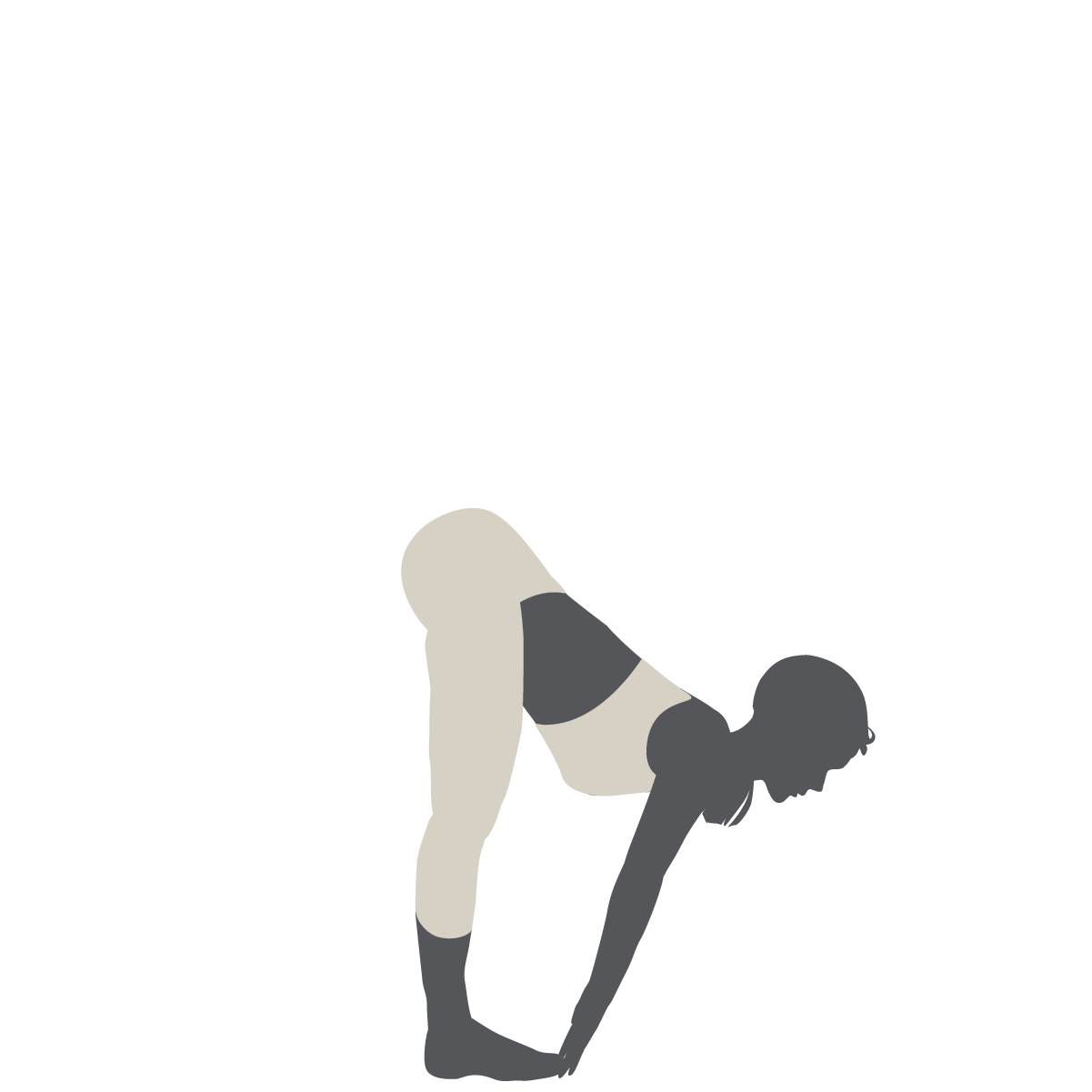
4. Halfway Lift (Ardha Uttanasana)
Inhale as you lift your torso halfway up, lengthening your spine and placing your hands on your shins or thighs. Look forward, keeping your back flat.
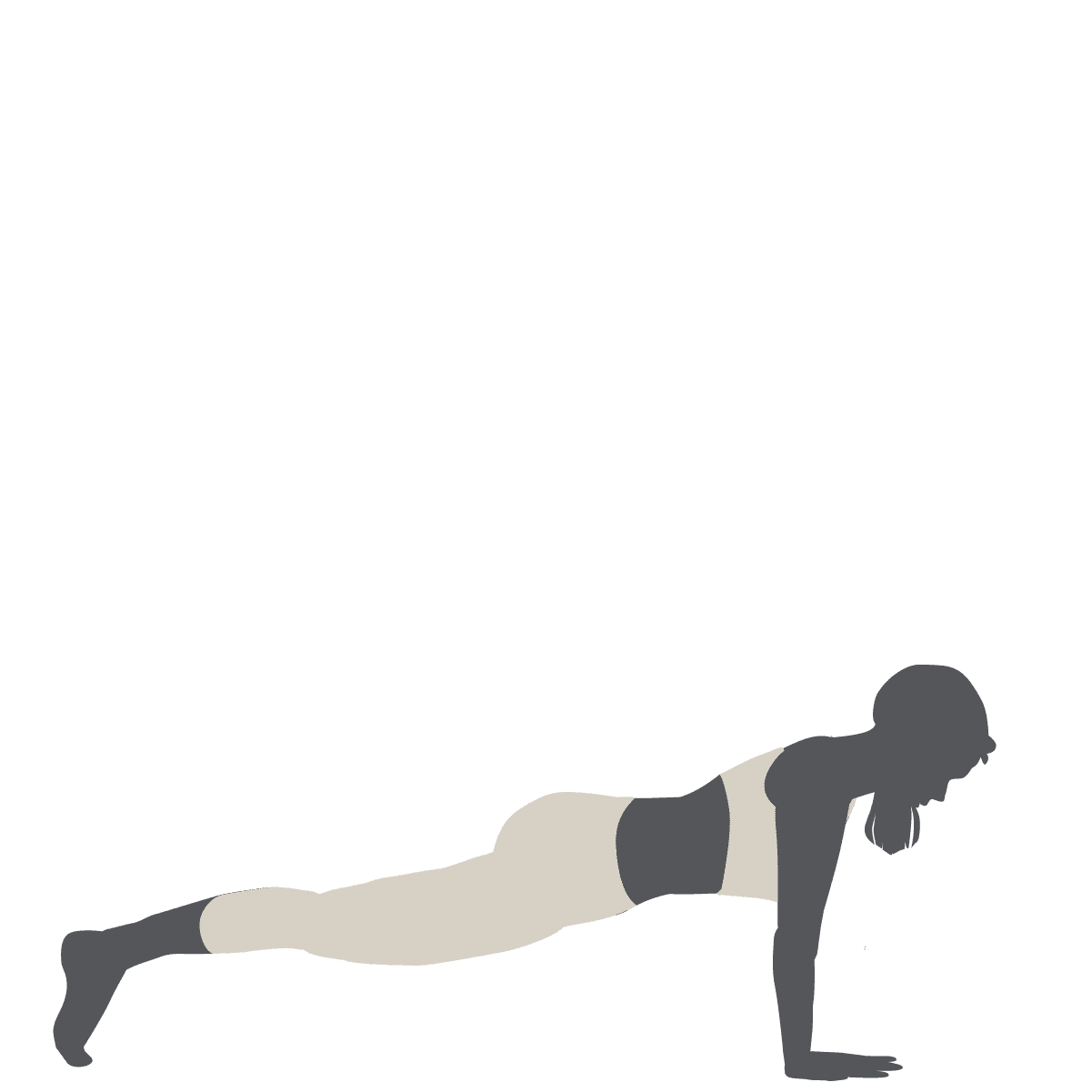

5. Plank Pose (Phalakasana)
Exhale as you step or jump back into a plank position, with your shoulders over your wrists and your body in a straight line from head to heels. Engage your core.

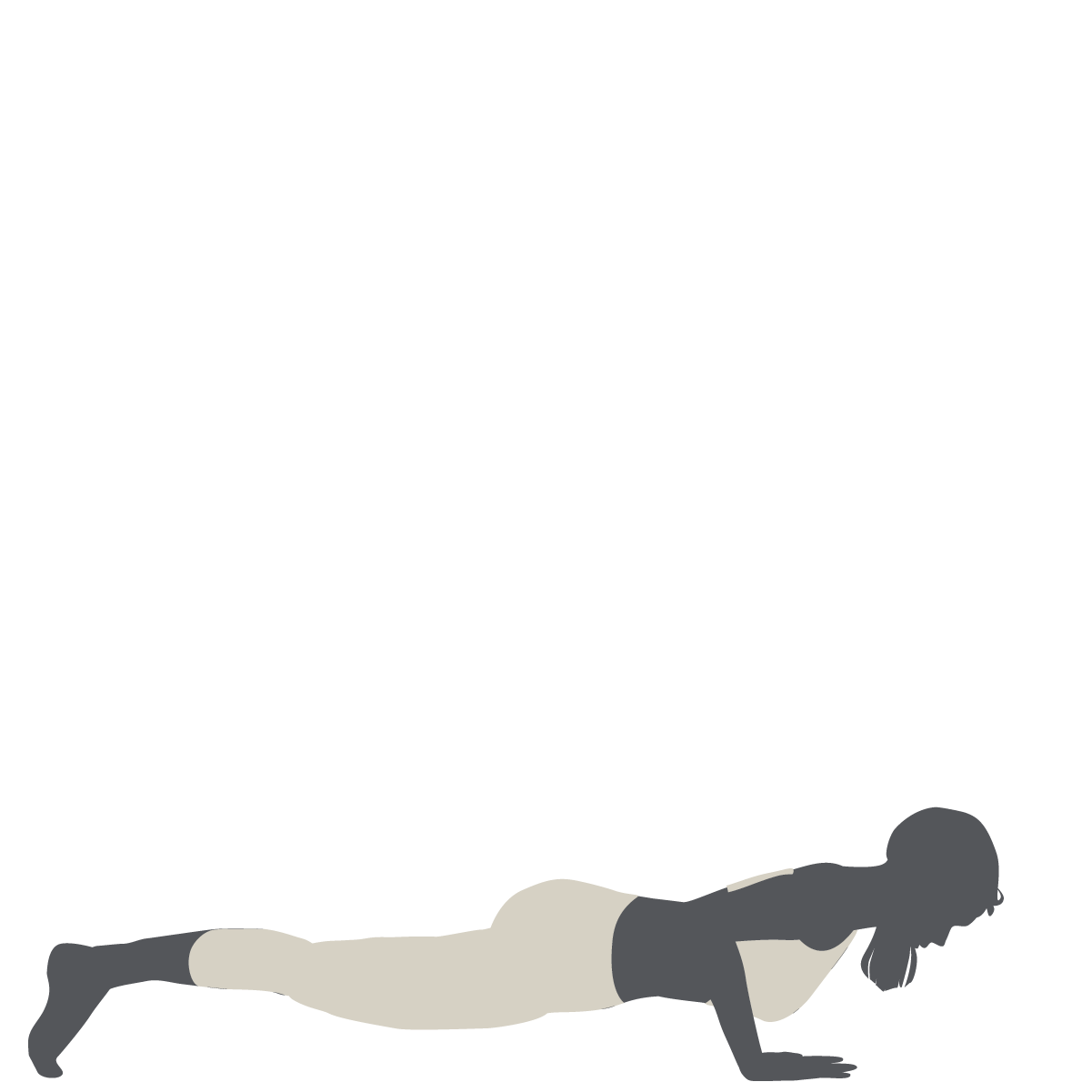
6. Four-Limbed Staff Pose (Chaturanga Dandasana)
Lower your body halfway down, keeping your elbows close to your sides. This pose strengthens your arms, chest, and core.
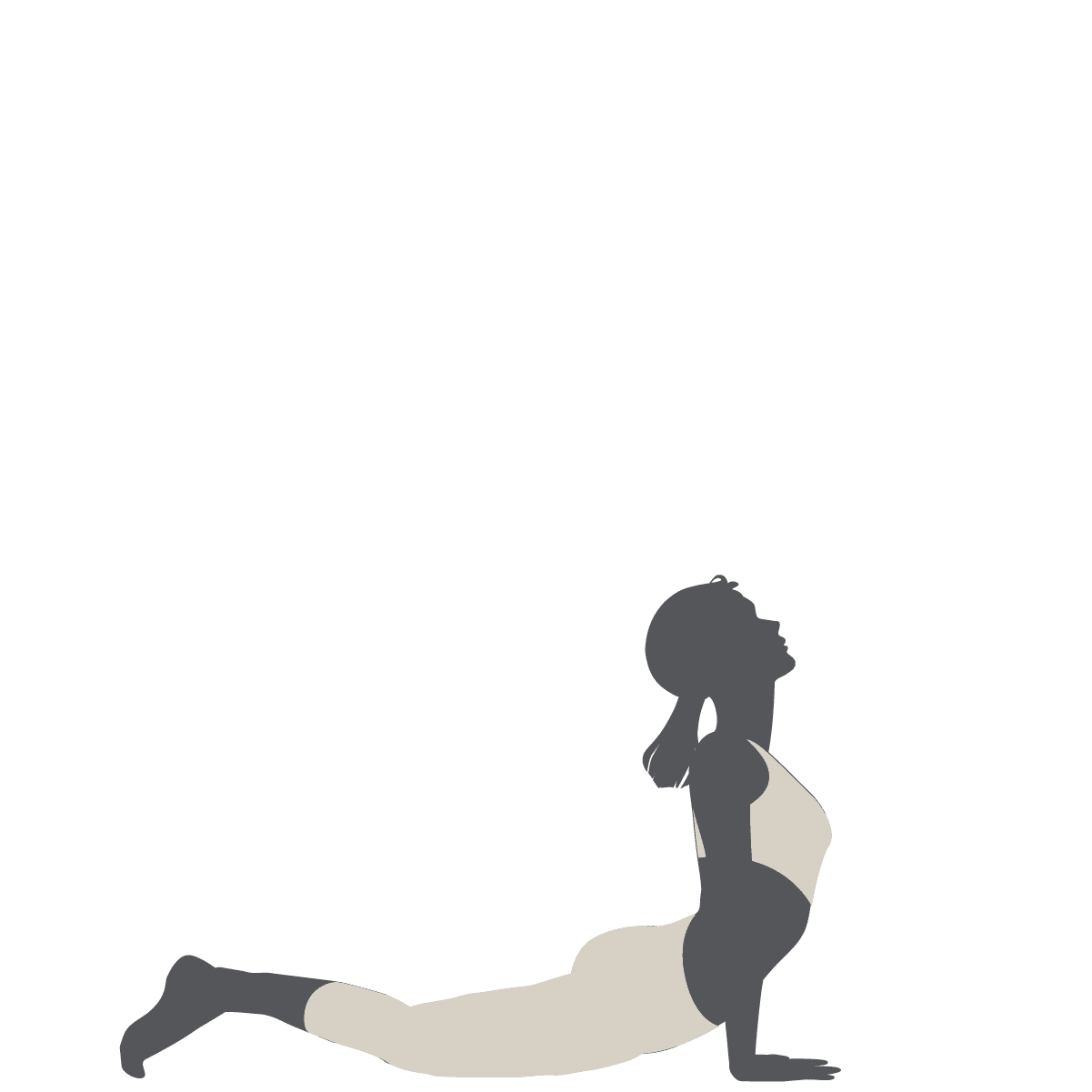
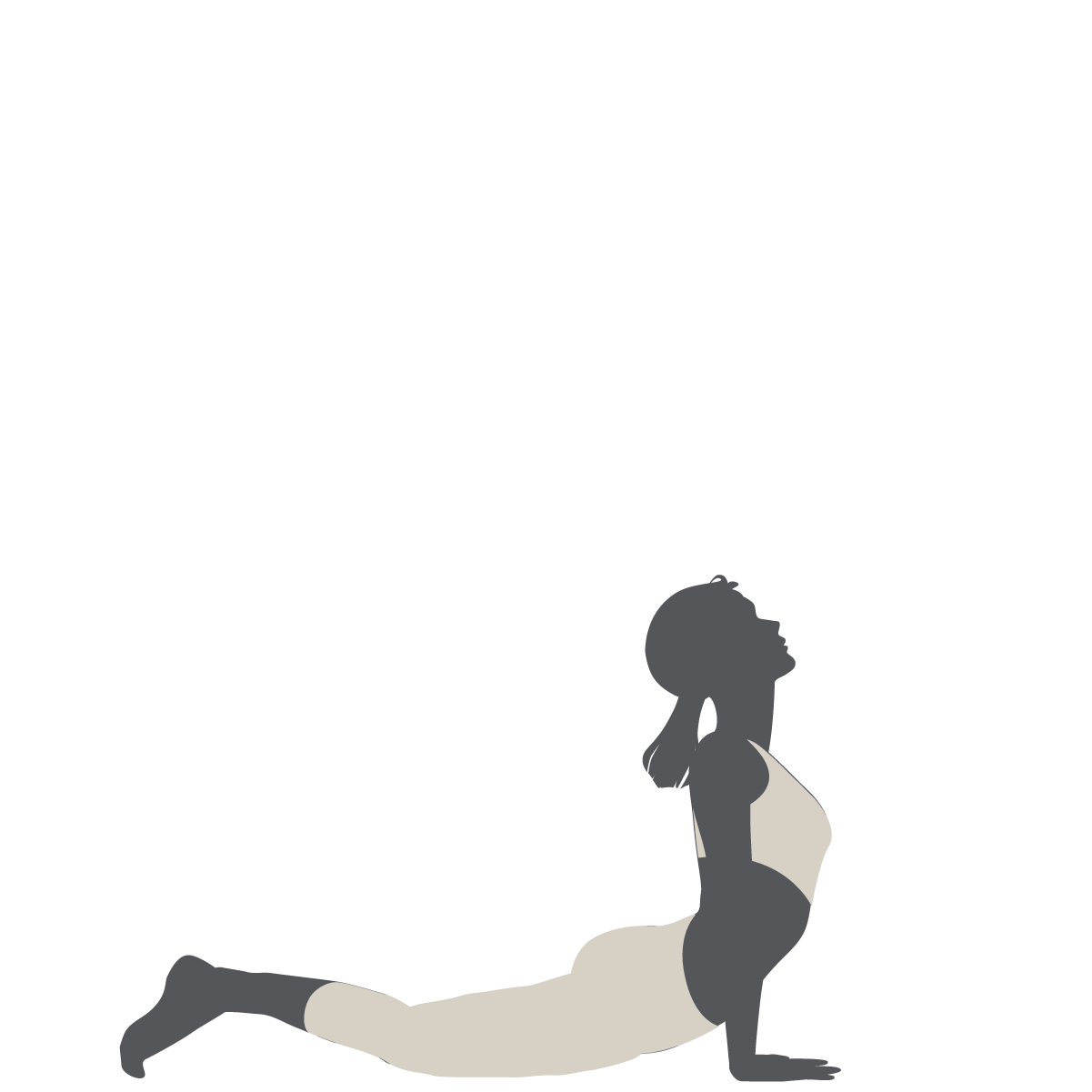
7. Upward-Facing Dog (Urdhva Mukha Svanasana)
Inhale as you roll over your toes, lifting your chest and thighs off the floor. Open your heart and lift your gaze, stretching your front body.
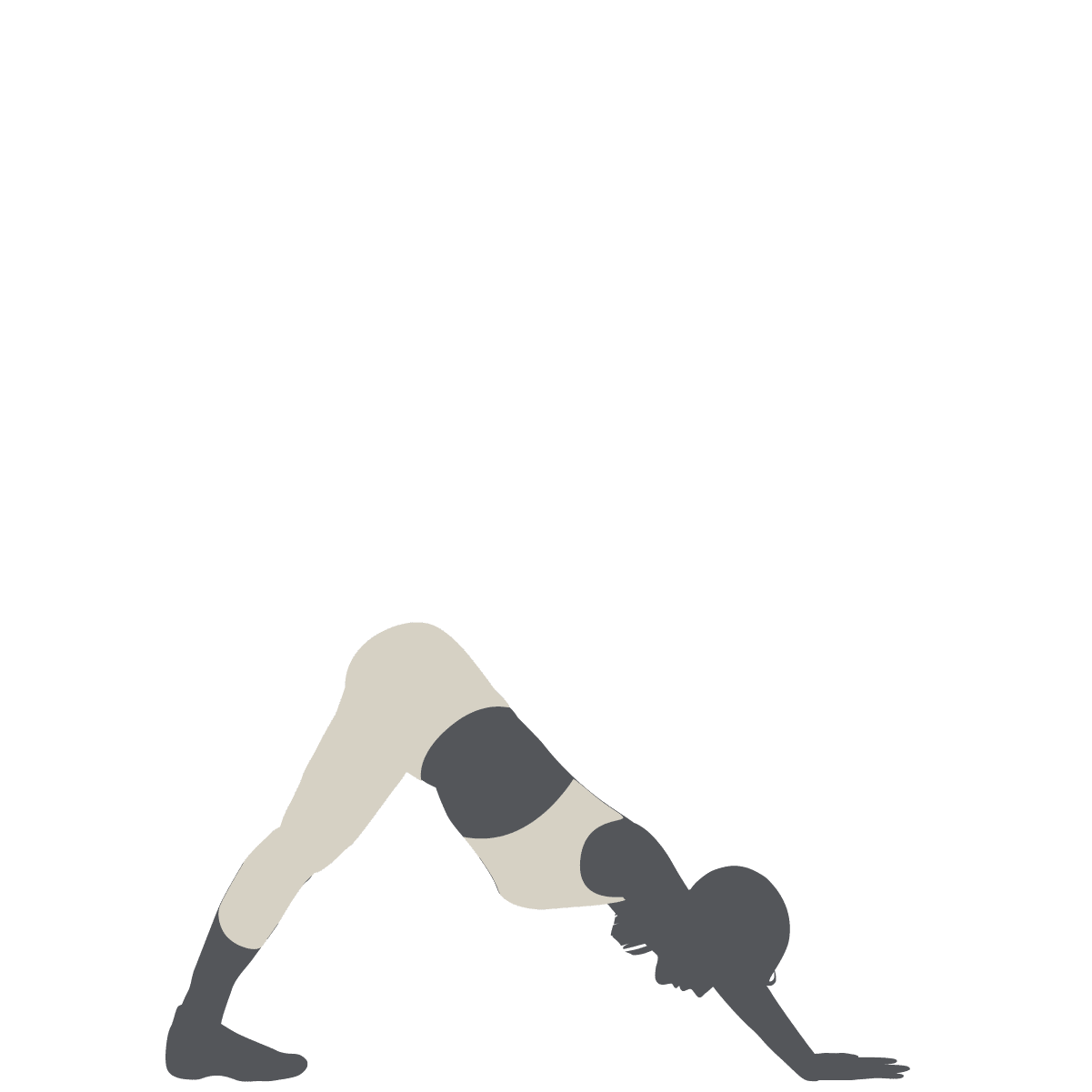
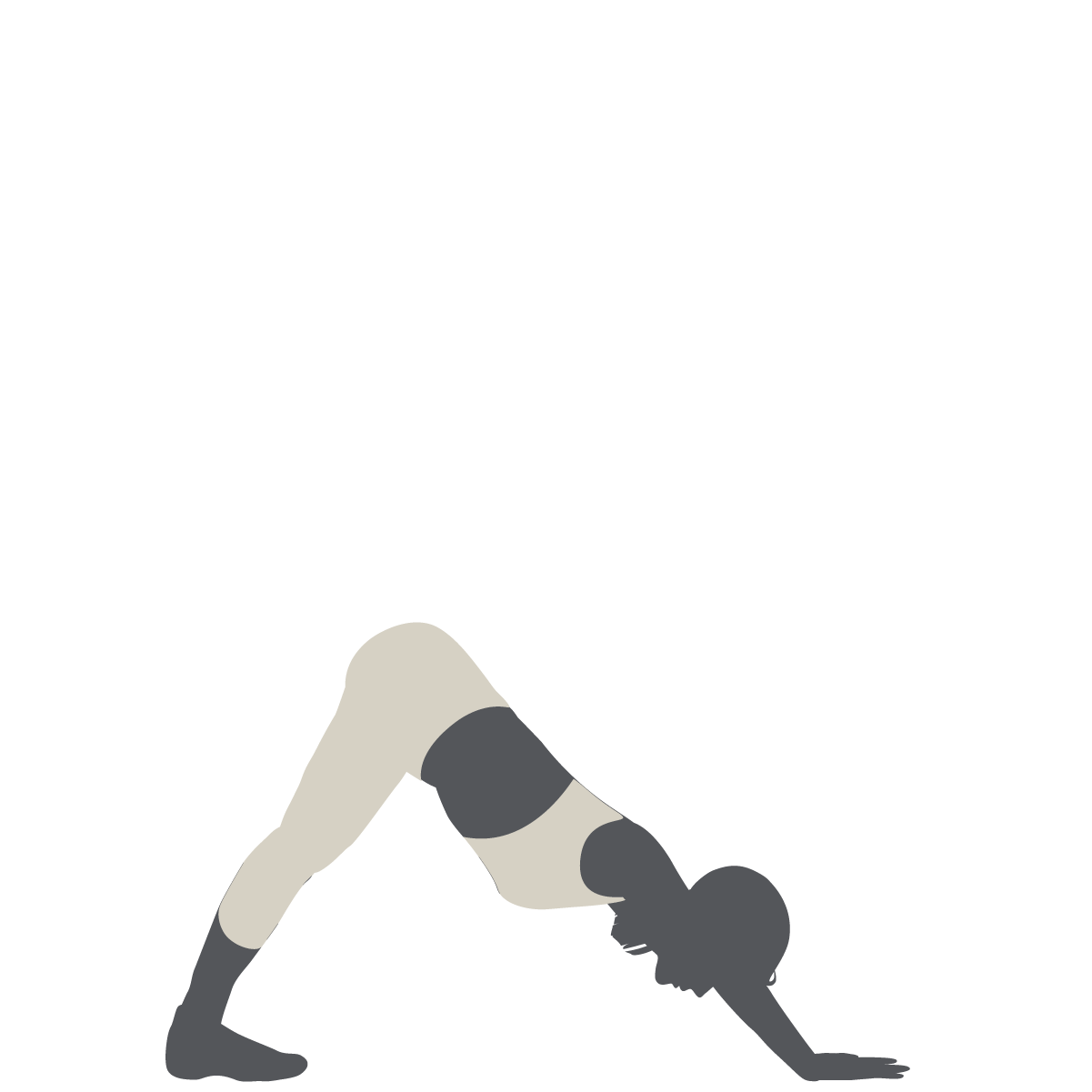
8. Downward-Facing Dog (Adho Mukha Svanasana)
Exhale as you lift your hips up and back, forming an inverted V shape. Press your heels toward the ground and lengthen your spine.
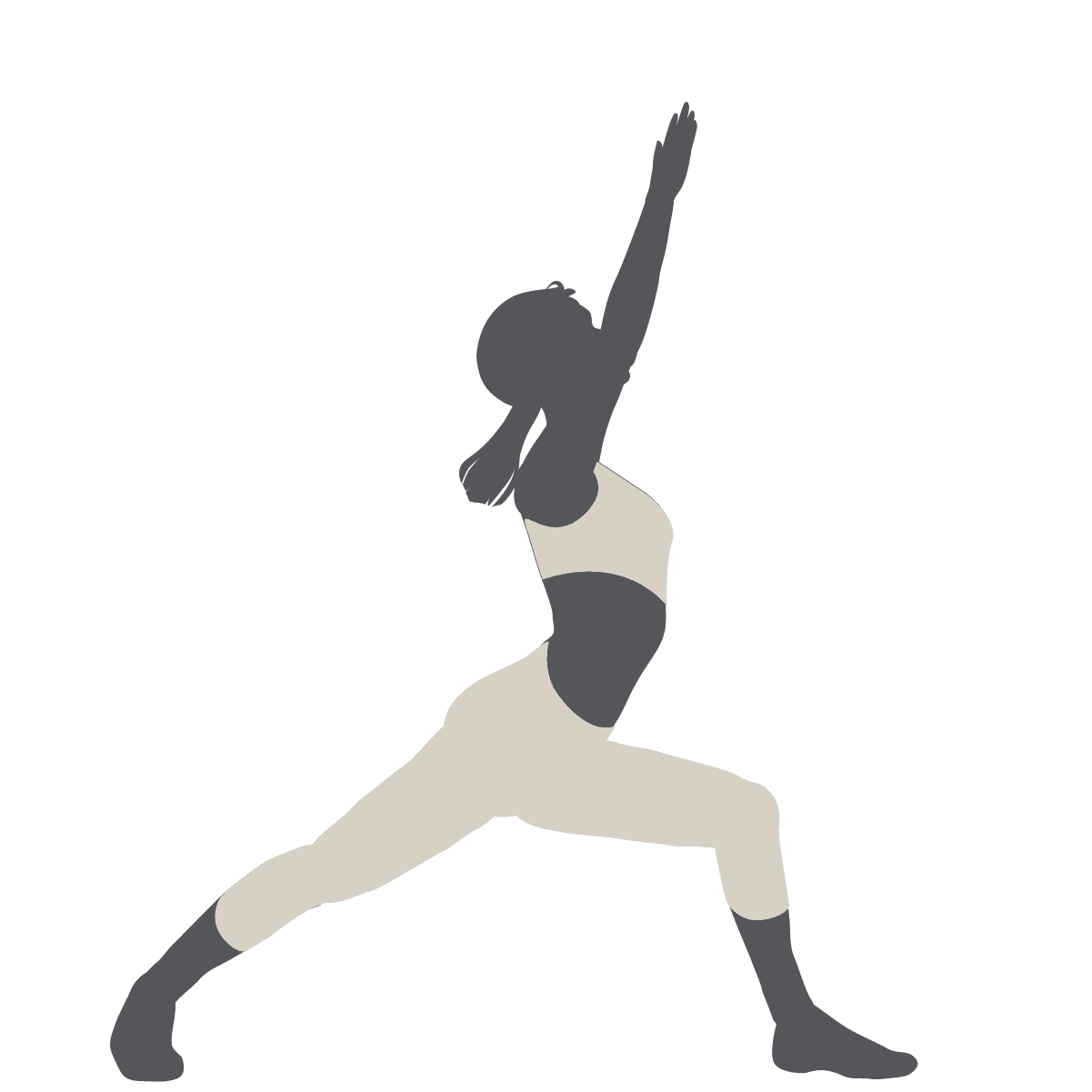
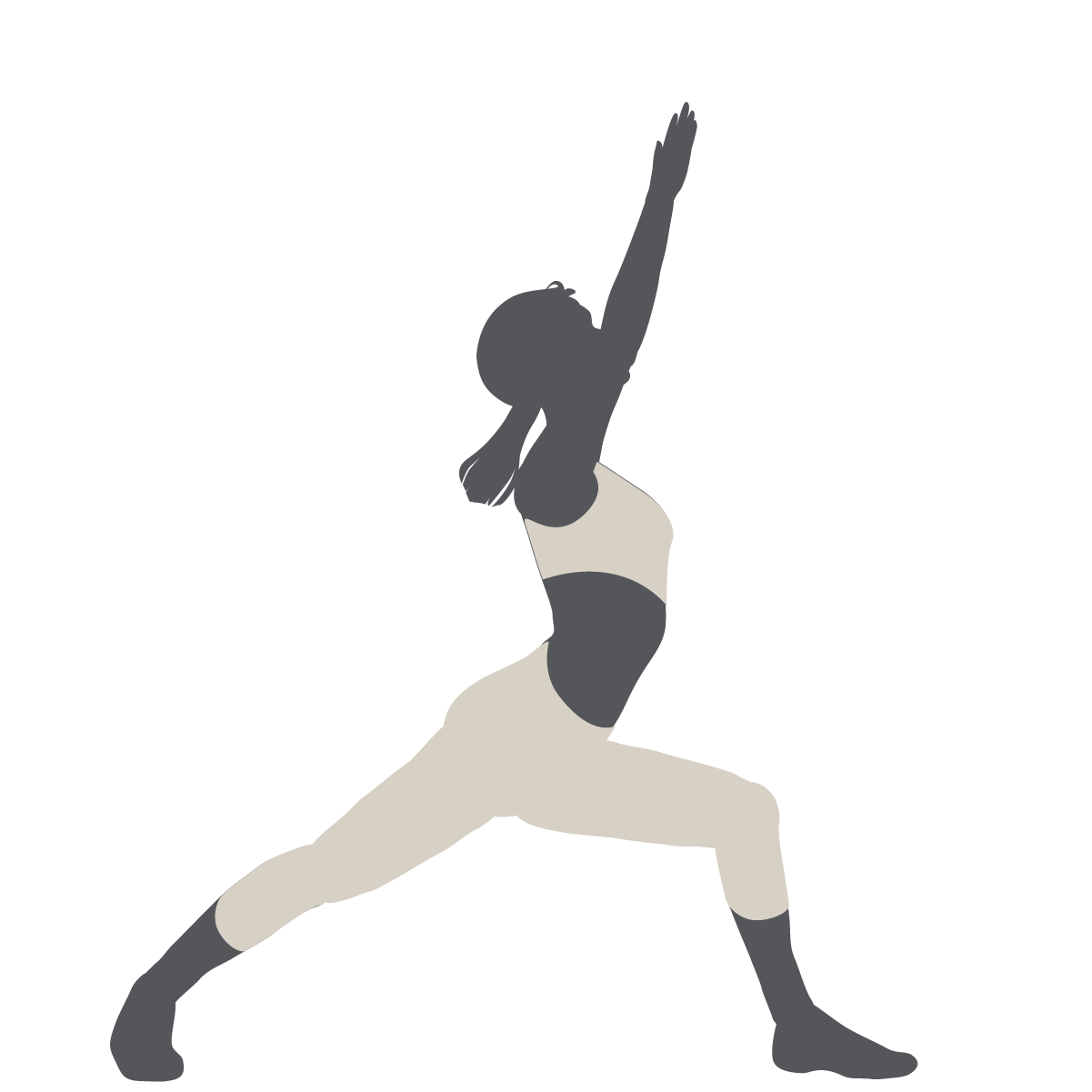
9. Halfway Lift (Ardha Uttanasana)
Inhale as you step or jump forward, coming back into a halfway lift with a flat back.



10. Standing Forward Bend (Uttanasana)
Exhale as you fold forward again, releasing any tension in your back and neck.



11. Upward Salute (Urdhva Hastasana)
Inhale as you rise up to standing, sweeping your arms overhead.



12. Mountain Pose (Tadasana)
Exhale as you lower your arms to your sides, returning to the starting position.
How to Incorporate Sun Salutations Into Your Routine
Sun Salutations can be practiced at any time of day, but they are especially beneficial in the morning to awaken the body and mind. Start with a few rounds, gradually increasing the number as you become more comfortable with the sequence. Whether you practice slowly for meditation or quickly for a workout, Sun Salutations can be tailored to meet your needs.
Conclusions
Sun Salutations are more than just a physical exercise—they are a moving meditation that connects you with the rhythm of the universe. By integrating this sequence into your daily routine, you can enhance your physical health, mental clarity, and spiritual well-being. Whether you’re a seasoned yogi or a beginner, Sun Salutations offer a timeless practice that can transform your life.

